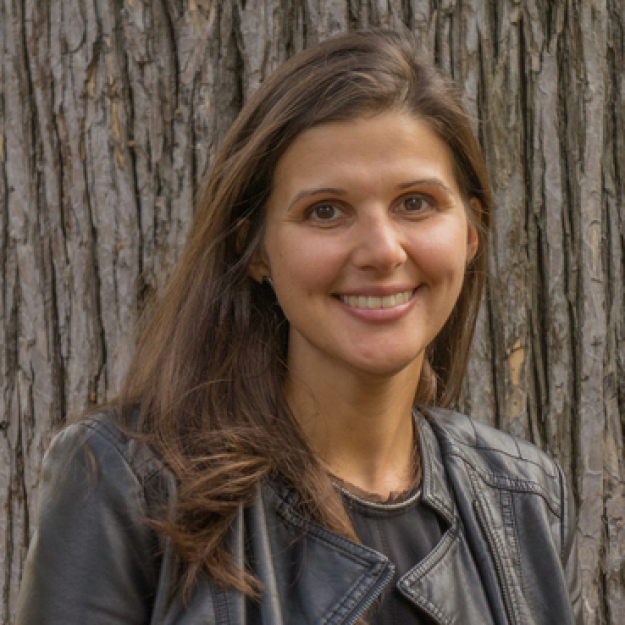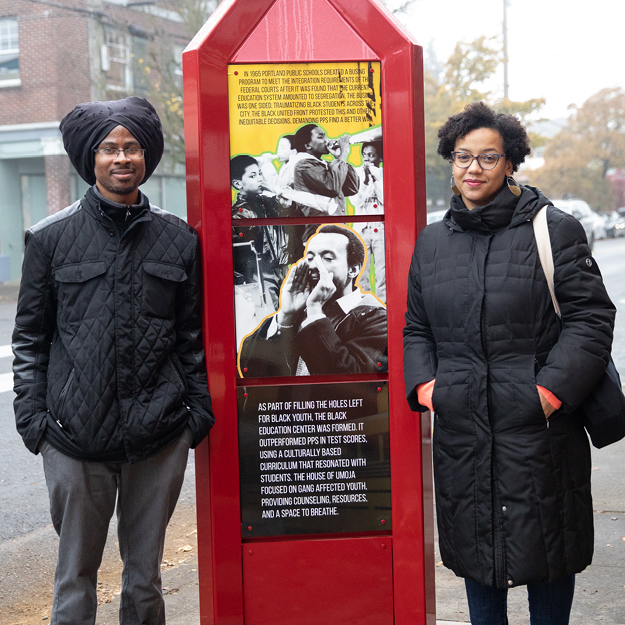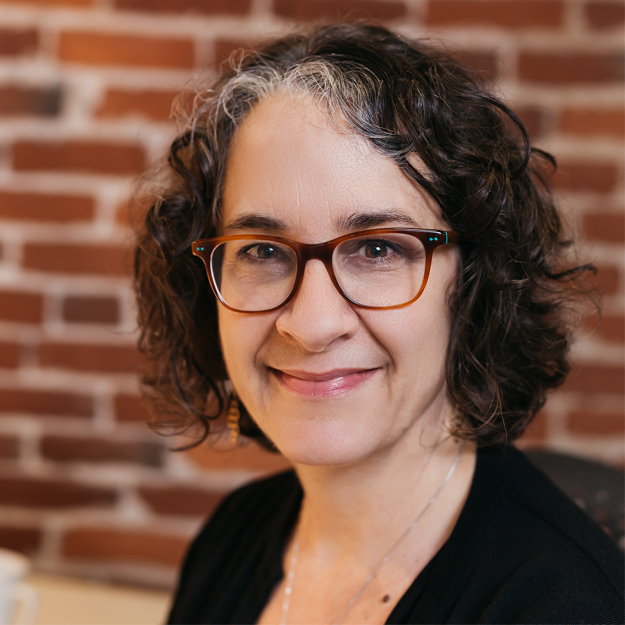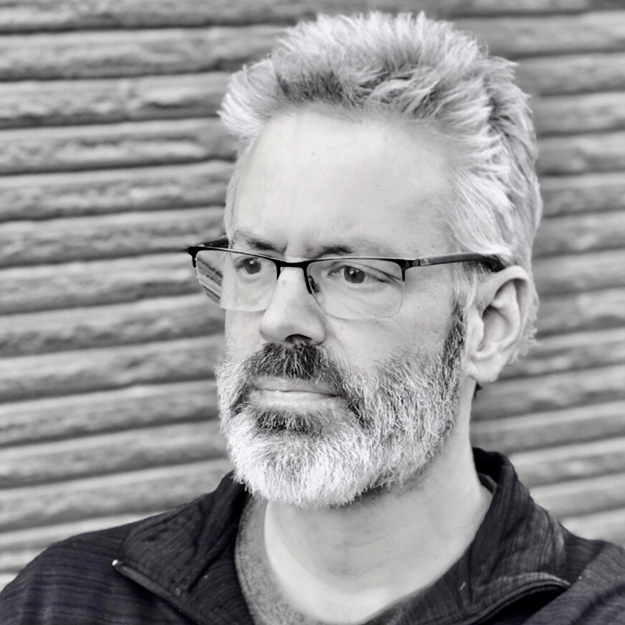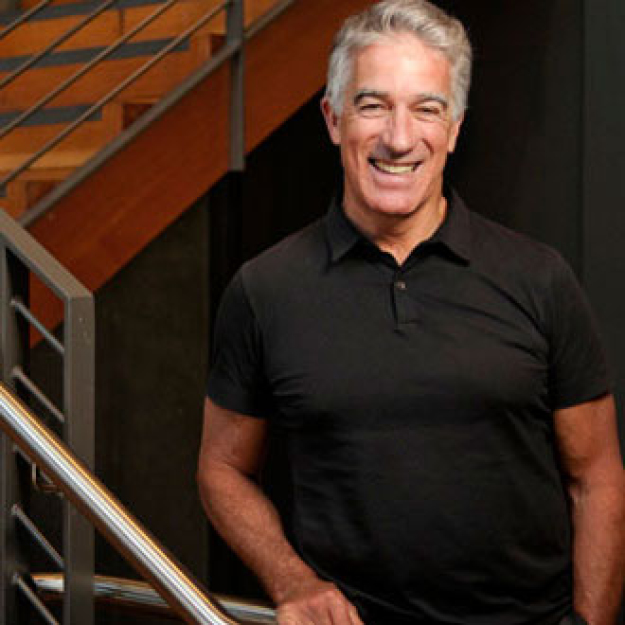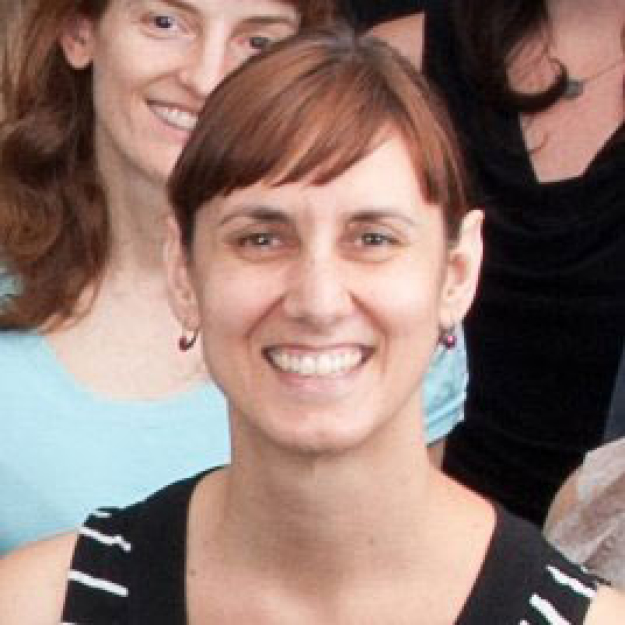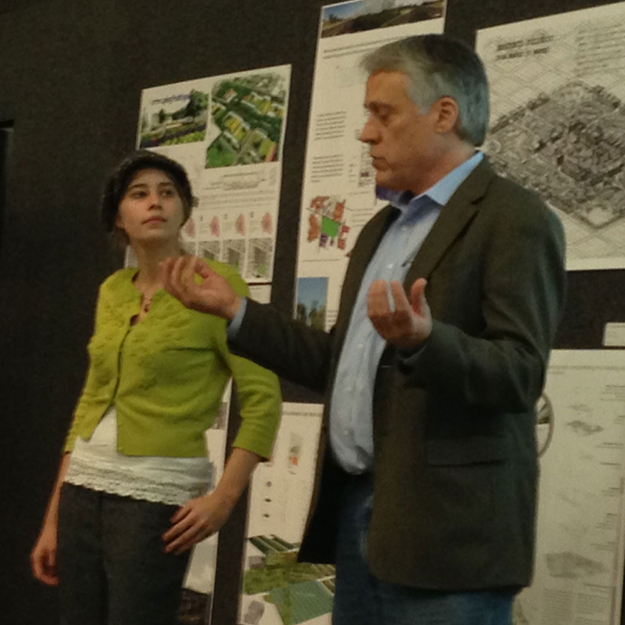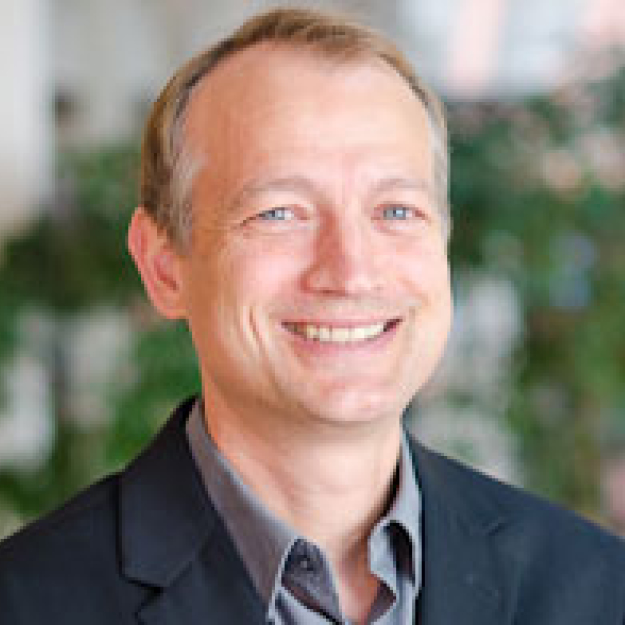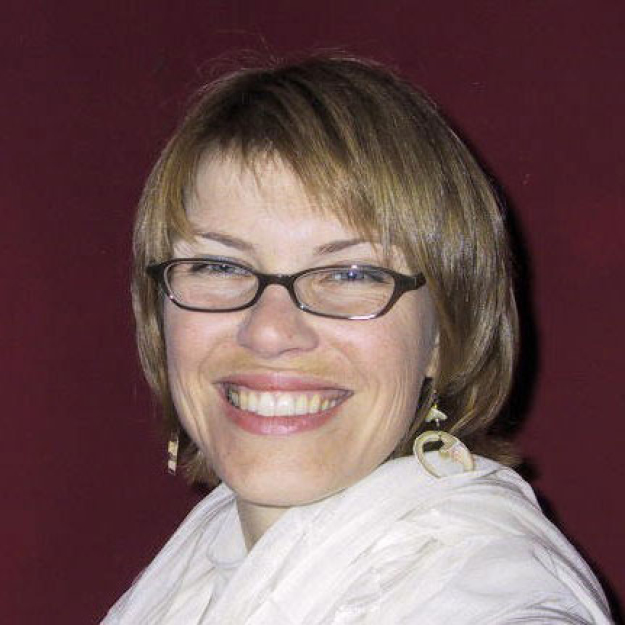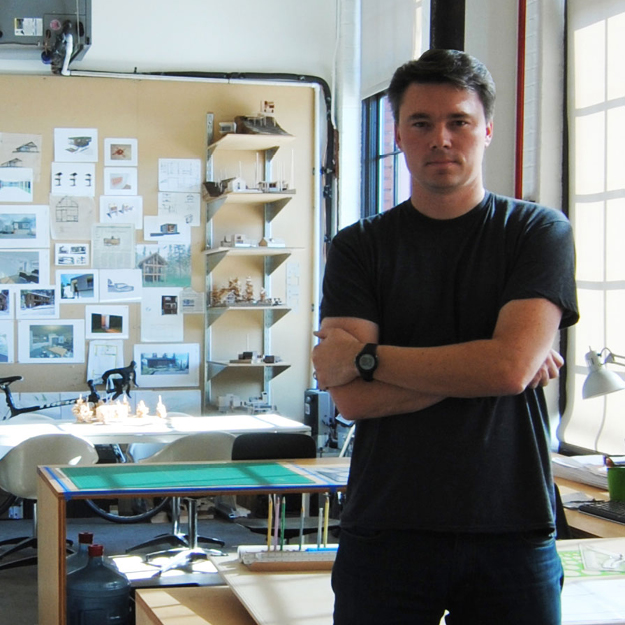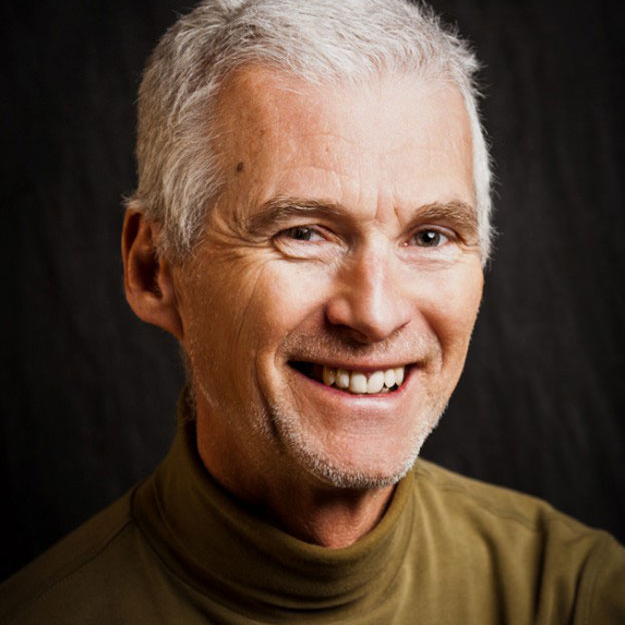Applications will open in November with a February 2023 deadline. Subscribe to the AFO newsletter to be notified of scholarship opportunities
Fellowships
Opportunities for Career Development
At the Architecture Foundation of Oregon, we believe that design should consider diverse points of view, and reflect these views, in a built environment that provides access and equity for all. Our two fellowship opportunities, the Van Evera Bailey Fellowship and the Pat Sanchez Women’s Fellowship, exist to inspire design and building professionals to deepen their understanding of design’s role in creating an Oregon where everyone can thrive.
About the Fellowships
AFO awards fellowships for design and building professionals practicing in the state of Oregon. Annual fellowship applications open in August with an October deadline. Learn more about our fellowships, below.
Van Evera Bailey Fellowship – $50,000 award to advance the professional development of design and building professionals and encourage greater contributions to their profession and community. Learn more.
Pat Sanchez Women’s Fellowship – Up to $3,000 award for women in architecture who are mid-career and looking to expand upon their work and professional development. Learn more.
Fellowship recipients are asked to attend our annual Fellowship Celebration in the Winter of their awarding year and the Winter following. At this event, Fellows are asked to share how they intend to use fellowship funds, and then at the end of their fellowship year, Fellows are asked to share their experience. The event is attended by members of the architecture, engineering, construction, and design community from across the state and celebrates the hard work and accomplishments of the Fellows.
Meet Our 2025 Fellows
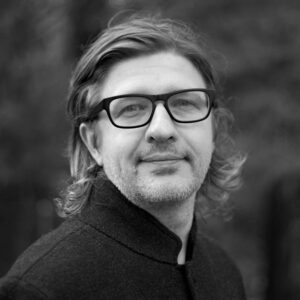
Rand Pinson, AIA
2025 Van Evera Bailey Fellow
Rand has a range of experience working across the US landscape and is an alumnus of Auburn University’s Rural Studio in Hale County, Alabama. He is co-founder of Pine Bureau, an architecture office in the Pacific Northwest, Texas, and Mexico City. Rand serves on the Auburn University College of Architecture Advisory Council and the Ice Age Flood Institute Columbia River Gorge Chapter. He is drawn to an architectural narrative that resonates in memory, is responsive to the land and environment, and grounded to its time and place.
Rand will explore ways to elevate the Ice Age Floods National Geologic Trail into a cohesive and impactful national park experience. The proposal will aim to unlock the trail’s potential, an expansive yet under-utilized park tracing the path of the Missoula Floods. Despite its historical significance, the trail lacks visibility, cohesive infrastructure, and integration with local communities, presenting an opportunity for architectural and artistic interventions to connect people with deep geological time.
Inspired by successful precedents like Norway’s Scenic Routes, the Confluence Project, and the Maryhill Overlook, Rand will conduct comparative research and field studies in Norway and along the Trail. The project will identify strategies to enhance the Trail’s accessibility, cultural integration, and ecological stewardship. The Fellowship will support the development of a comprehensive vision for the Trail, blending art and architecture to create sustainable, respectful designs. Through research, stakeholder engagement, and public dissemination, the project aims to foster regional tourism, economic development, and a deeper connection between people and the land, offering a scalable design model in sensitive, remote landscapes.
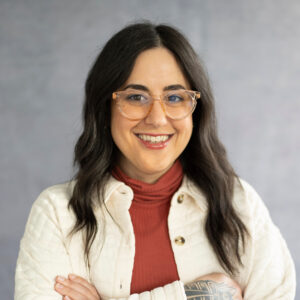
Molly Jacobs, AIA
2025 Pat Sanchez Women’s Fellow
Molly is an Architect/Senior Associate at Integrus Architecture. She will use the Pat Sanchez Women’s Fellowship to complete the Facilitating Workshops Course by the Fountain Institute, strengthening her expertise in community engagement and collaborative leadership. She will then apply these insights to organize a participatory workshop, fostering an inclusive and dynamic discussion on a relevant design topic within the larger architectural community.
History of AFO Fellows
AFO has been awarding the Van Evera Bailey Fellowship in partnership with Oregon Community Foundation since 2001. Our Fellowship program expanded in 2022 when we began awarding the Pat Sanchez Women’s Fellowship in partnership with Opsis Architecture.
Click on our Fellows below to learn more about their projects.
Questions?
Contact:
Erica Rife
Executive Director
erica@af-oregon.org
971-357-3168




